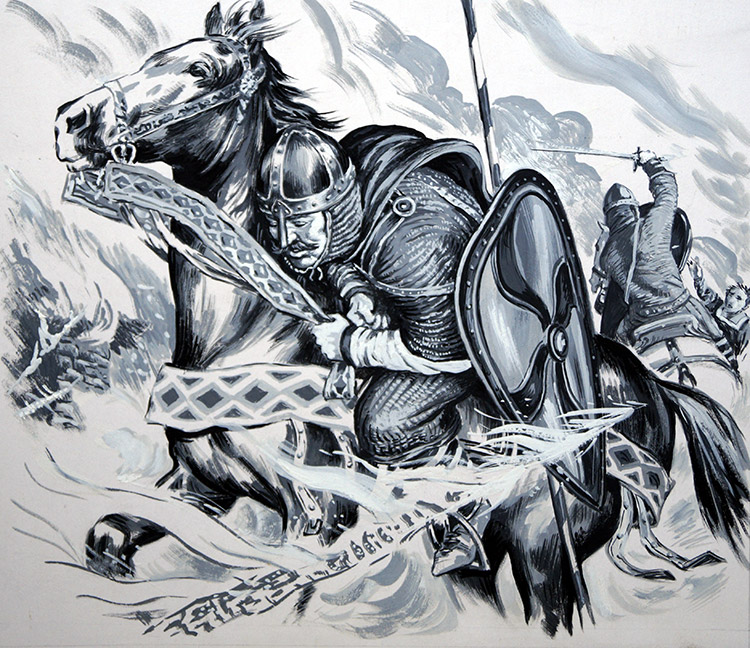


Nevertheless, it is important to recognise that, even by the beginning of 1069, William was still not master of the entire kingdom. Castles were established, including in the major towns of Warwick, Nottingham, York, Lincoln, Huntingdon and Cambridge, in an effort to quell the disturbances and impose control. Throughout 10 there had been a succession of localised revolts and incursions by foreign foes in various corners of the country – Devon, Kent, Herefordshire and the midland earldom of Mercia – although each of these was swiftly put down. But why were such brutal measures considered necessary and why was the north in particular targeted?īy the winter of 1069, the Norman war machine had been active in the field for more than three years. This scorched-earth operation is one of the defining episodes of the Conquest, not just from a military-political perspective but also in terms of how it has shaped modern perceptions of the Normans as a tyrannical and merciless warrior class. Entire villages were razed and their inhabitants killed, livestock slaughtered and stores of food destroyed. The Harrying, which took place over the winter of 1069–70, saw William’s knights lay waste to Yorkshire and neighbouring shires. For several years afterwards, the country was riven by internal conflict as the Normans fought to extend their rule, climaxing in a notorious campaign known today as the ‘Harrying of the North’. Gain historical perspective by placing their growing knowledge into different contexts, understanding the connections between local, regional, national and international history between cultural, economic, military, political, religious and social history and between short- and long-term timescales.The Battle of Hastings is the most famous event of the Norman Conquest, but it was only the opening engagement in the invaders' consolidation of power in England.Know and understand the history of these islands as a coherent, chronological narrative, from the earliest times to the present day: how people’s lives have shaped this nation and how Britain has influenced and been influenced by the wider world.If you have any queries about our upcoming curriculum resource links, please email: History primary resource assists with teaching the following History objectives from the National Curriculum:

We are currently working to bring specifically tailored curriculum resource links for our other territories including South Africa, Australia and New Zealand. N.B. The following information for mapping the resource documents to the school curriculum is specifically tailored to the English National Curriculum and Scottish Curriculum for Excellence. Ask children to sketch a Norman church or cathedral found near to where they live. Pupils could imagine they have travelled back in time and write a diary entry from the point of view of an Anglo Saxon experiencing the changes brought in by King William. Pupils could work together as a class to achieve this, and display the tapestry as a wall display. The teaching resource can be used in study group tasks for learning about the changes that the Normans oversaw in Britain, as a printed handout for each pupil to review and annotate, or for display on the interactive whiteboard for class discussion.Īctivity: Ask the children to use the information in the comic and their own research to create their own tapestry-style design depicting the Battle of Hastings. Pupils will learn about the Norman conquest of England, and how William the Conqueror eventually took the throne after Edward the Confessor’s death, in our National Geographic Kids’ Normans primary resource sheet. Who exactly were the Normans? Why did they invade British shores? What is the Domesday Book? Discover the types of building, words, and hairstyles they brought to Britain. This primary resource introduces children to the Normans and how they came to rule the British Isles.


 0 kommentar(er)
0 kommentar(er)
